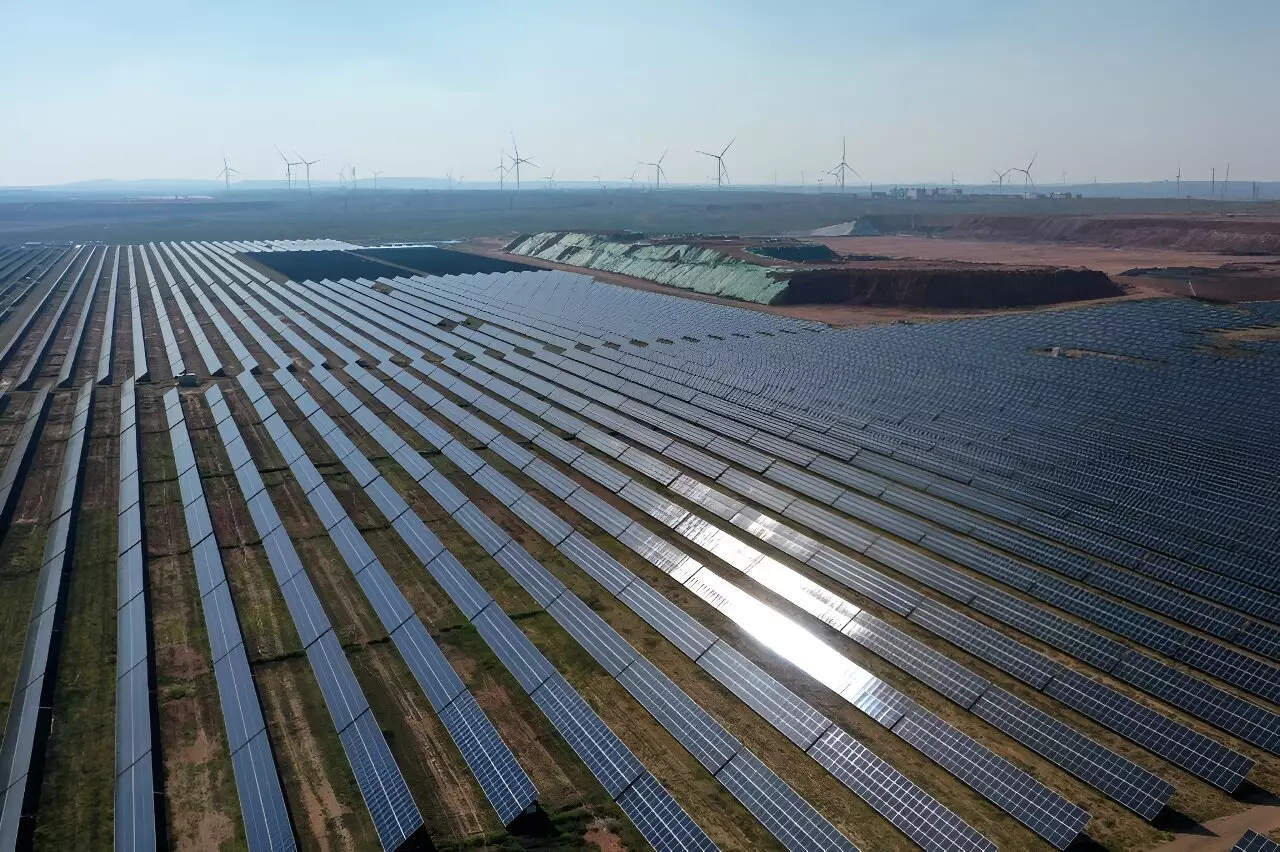Recent data indicates a noteworthy evolution in China’s energy landscape, with one-quarter of its energy consumption now derived from clean sources. This transformation underscores a pronounced shift towards sustainable energy practices as the nation strives to balance its massive economic growth with environmental responsibilities. Despite being the leading global emitter of greenhouse gases, China has taken substantial steps towards becoming a frontrunner in renewable energy innovation.
Research reveals that the percentage of clean energy in China’s total consumption has surged from 15.5% to an impressive 26.4% over the past decade. This leap signifies both a commitment to cleaner energy sources and a strategic pivot in response to international climate change commitments, particularly the goal set under the Paris Agreement. Specifically, China aims to peak its carbon emissions by 2030 and achieve net-zero emissions by 2060. Such ambitious targets highlight the critical role that clean energy will play in the nation’s future strategies.
The scale of China’s renewable energy capacity expansion is astonishing. Between 2013 and 2023, wind and solar power capacities witnessed a tenfold increase, situating China as a dominant player in the global renewable sector. As the nation accounts for over 40% of the annual increase in global renewable energy capacity, the implications extend far beyond its borders, influencing global energy markets and climate policies.
In a notable achievement, China has surpassed its renewable energy targets set by President Xi Jinping, achieving key milestones much earlier than anticipated. These developments have generated commendations from various global observers, solidifying China’s reputation as a pioneering force in green energy development.
Despite the progress, challenges remain evident in the transition to cleaner energy. Notable disparities in the development of China’s renewable energy sector have led to inefficiencies, with significant amounts of generated energy wasted. Such mismatches underscore the complexities involved in scaling up renewable capacities while ensuring grid stability and energy optimization. Additionally, turbulence in the domestic solar market has led to financial instability for several companies, revealing vulnerabilities within this rapidly evolving sector.
While the acceleration in clean energy adoption displays optimism and determination, it is essential to recognize that the transition process is fraught with challenges. Critics argue that while China has made strides, calls for more aggressive measures have been met with resistance. The combination of political will, market conditions, and technological advancement will play a crucial role in determining the sustainability and effectiveness of China’s green initiatives moving forward.
China’s commitment to reducing its carbon footprint through clean energy development is commendable. The country’s remarkable advancements in renewable energy present a model for large economies grappling with similar environmental challenges. Nevertheless, the balancing act between rapid growth and sustainable energy remains complex. As China continues on this path, the lessons learned from both its triumphs and struggles will be invaluable, not just for its future but also for global efforts towards a more sustainable world.

